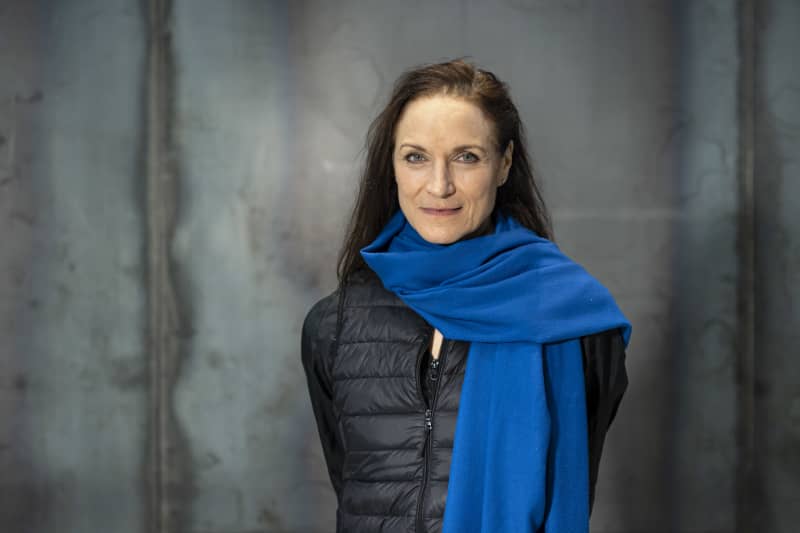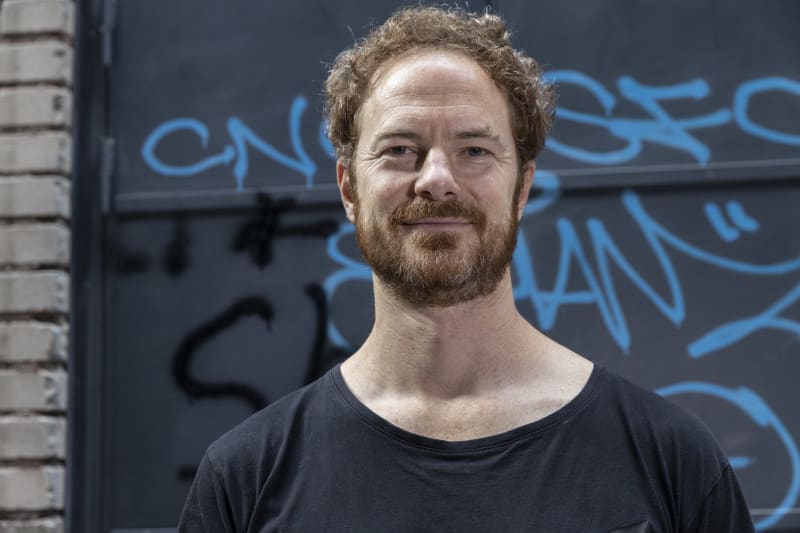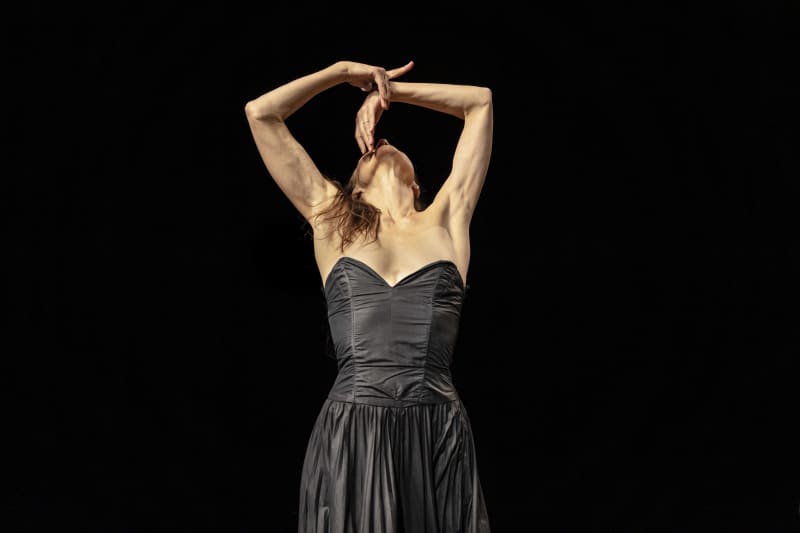Tanztheater Wuppertal, founded by dance legend Pina Bausch, is facing reforms. The understanding of gender and sexuality is changing, says the group’s artistic director Boris Charmatz.
A visit to the German Tanztheater Wuppertal is always an event.
The three evenings of the dance house were sold out in a week.
The group performed for the first time in Finland more than 15 years ago. Both performances of the Helsinki festival weeks were filled to the last seat on the big stage of the Helsinki City Theater in 2005.
This time Tanztheater Wuppertal is performing the work (2006). It remained one of Bausch’s last choreographies. As the name suggests, it is about what the full moon brings about in a person.
Pina Bausch was a researcher of humanity
Stanzak started at Tanztheater Wuppertal in 1986. He managed to work with Bausch for more than 20 years.
– Pina Bausch was precise. He was always on the move, says Stanzak.
According to him, Bausch was like a woman scientist who is looking for the right solution or a new invention in her work.
– Bausch was an incredible researcher of humanity or human nature.
Bausch’s death in 2009 was a hard blow for the whole group.
– The atmosphere was sad, melancholic. Bausch’s death was a big loss. It felt like what are we going to do now?
– He captured well the sadness that prevailed in the group at that time. Wenders encouraged us, and I think that making the film was a tribute to Pina Bausch from all of us, says Stanzak.

Man and woman are a thing of the past
Tanztheater Wuppertal’s mission is to nurture Bausch’s artistic heritage, but the pressure for renewal has been in the air for a long time.
He refers to himself.
The French choreographer visited with his own group during the festive weeks in Helsinki in August.
Charmatz is a kind of soft change leader. It’s a sensitive job. Pina Bausch is an icon of dance art whose works can be untouchable to the public. Downright holy.
– Let’s see how we shape the present and the future. Maybe we renew Bausch’s works, but we also cherish continuity, says Charmatz.
He reminds us that the world no longer looks the same as it did in the early 1970s, when Bausch founded the group.
– Pina Bausch is Pina Bausch, and it doesn’t get anywhere, but dancers, bodies and the social context change.

Bausch’s works traditionally feature two genders, male and female.
– They collide and face each other. Today, however, the perception of gender has changed.
Not everyone is male or female, says Charmatz.
He reminds us that there are different trans people among us.
Changes are planned, but according to Charmatz, they will probably not be visible until the fall of 2023.
– The group is changing, but my leadership is also revolutionizing it in some way, Charmatz states.
Julie Anne Stanzak, who has danced in the group for more than 30 years, says that the dancers understand the pressure to change, but the old must be preserved. It’s not simple.
– Evolution is inevitable, everyone understands that. The legend of Pina Bausch has existed for so long, she made so many incredible dance works, that many of us want it all to be preserved, Stanzak states.


